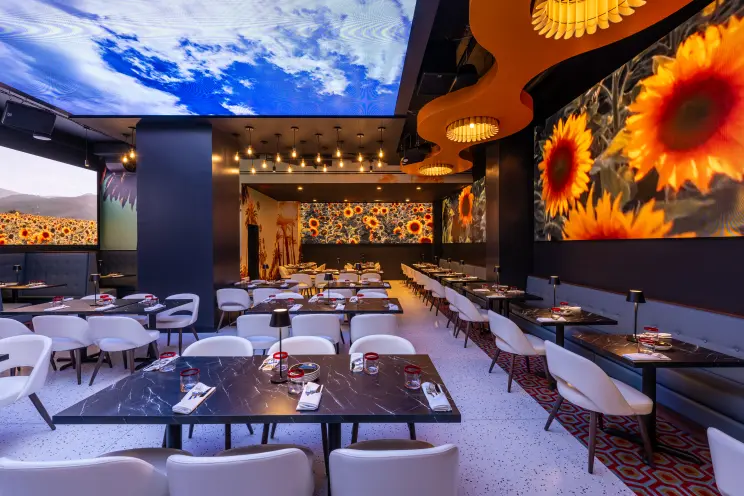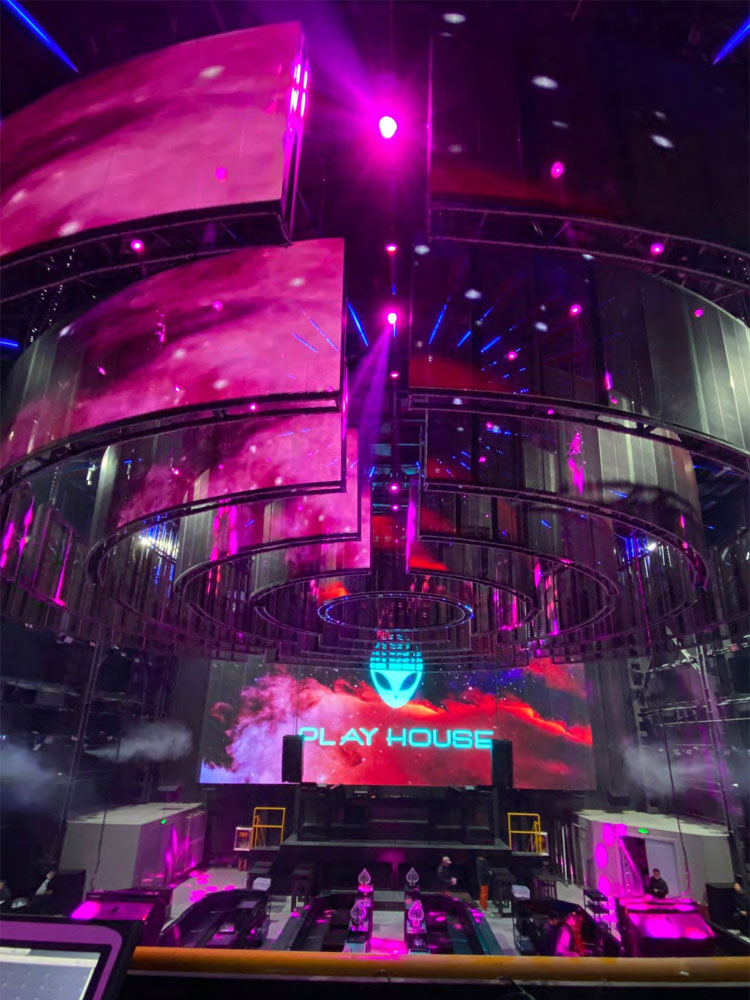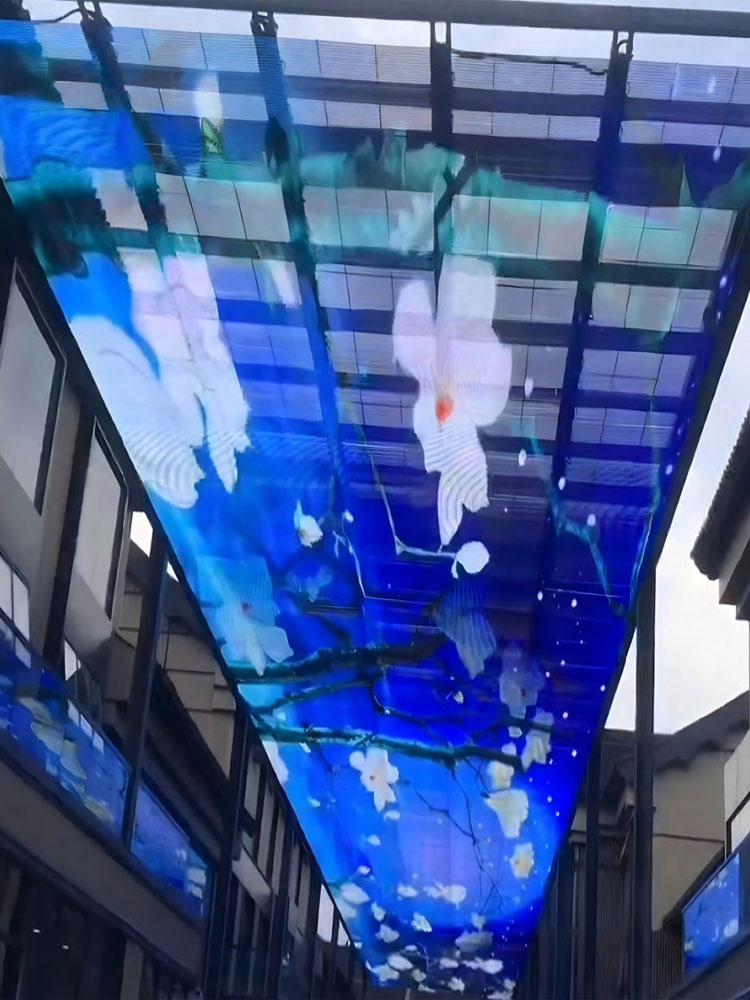

Transparent screens have quickly evolved from futuristic concepts into practical tools for cutting-edge retail, event, and brand environments. Whether you’re walking past a luxury storefront on Rodeo Drive or navigating an immersive booth at a global trade show, transparent LED displays are turning heads—and for good reason.
But as transparent display technology becomes more integrated into high-traffic, high-expectation environments, one question continues to surface: transparent screen durability? Can a see-through advertising screen withstand the demands of outdoor exposure, continuous operation, or frequent transport?

Let’s take a closer look at transparent screen durability—and what makes the best of them stand out.
Unlike traditional LED panels, transparent screens are designed with minimal obstruction and maximum visibility. They’re composed of ultra-thin LED strips embedded in a clear matrix—often glass or acrylic—allowing light and images to project forward while still letting you see through them.
But don’t let their delicate appearance fool you.
Modern transparent LED screens are engineered with commercial use in mind. Top-tier models feature reinforced glass panels, weatherproof coatings, and high-impact resistant materials—a necessity for outdoor transparent displays or screens placed behind glass in retail windows.
Take the latest transparent LED walls used in flagship fashion boutiques or interactive transparent display booths at automotive expos. These aren’t novelty setups—they’re hard-working digital tools designed for all-day performance. Built with industrial-grade components, many of these screens have a rated lifespan of over 100,000 hours, making them reliable even in 24/7 display cycles.

Transparent displays are finding homes in some of the most demanding environments:
Whether it’s a transparent display monitor used at a product launch or a digital storefront screen wrapped around a boutique’s façade, durability is non-negotiable. Brands expect performance without compromise—especially when the screen itself is a part of the branding.

Not all transparent screens are created equal. Some cheaper options may offer initial appeal but lack long-term durability, especially in extreme conditions. Issues like dimming pixels, flickering, or moisture ingress can appear quickly if the display isn’t up to spec.
That’s why companies focused on quality—like SeeThruDisplay—design their solutions with real-world use in mind. By combining clear LED advertising screens with robust construction, these manufacturers ensure each screen can hold up in both aesthetic and structural integrity. From transparent LED signage for malls to outdoor transparent LED displays, resilience is part of the package, not an afterthought.
And while the transparent LED screen cost may vary depending on size and features, investing in durability pays off in reduced maintenance, longer operational life, and better overall performance.

Beyond basic toughness, the latest transparent screen models come with features that actively boost durability:
Some displays, especially those used in luxury store digital signage or transparent display for car showrooms, also include custom enclosures or glass LED screen protectors to further enhance lifespan without sacrificing the transparent aesthetic.

The rise of transparent display technology isn’t just about looks. It’s about functionality, adaptability, and yes—durability. As brands seek more immersive, boundary-pushing ways to connect with audiences, the screen becomes more than a medium. It becomes a statement.
From digital signage for storefront windows to transparent signage for pop-ups and interactive ad screens for hospitality and travel, durable transparent displays are proving they’re ready for the challenge.
Whether you’re experimenting with a transparent OLED display for your next product launch or planning a transparent screen installation across a retail chain, it’s clear: durability is no longer a maybe—it’s a must.
And with SeeThruDisplay, you don’t have to choose between cutting-edge design and commercial reliability. With the right build and the right vision, your transparent screen can stand the test of time—and turn every window into a vibrant opportunity.